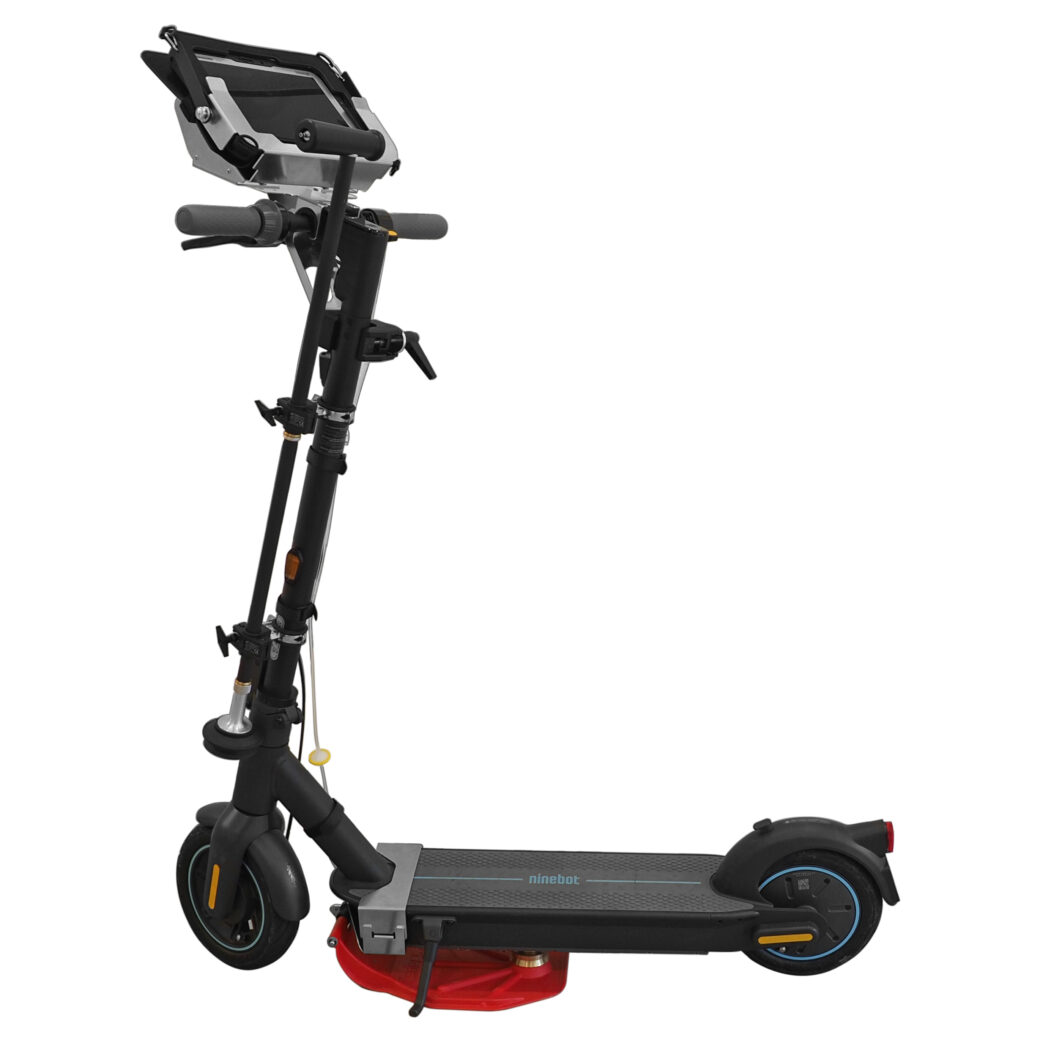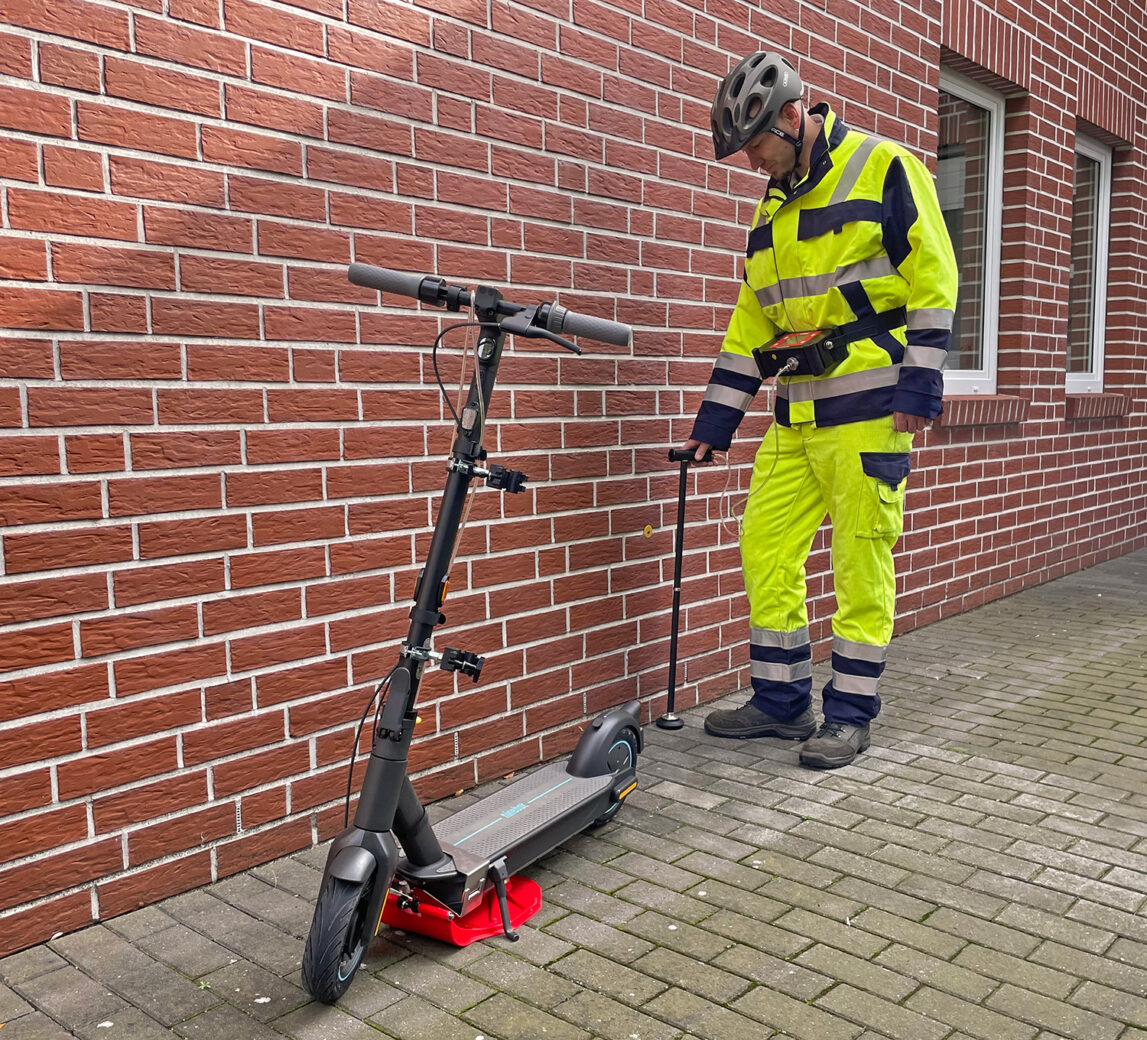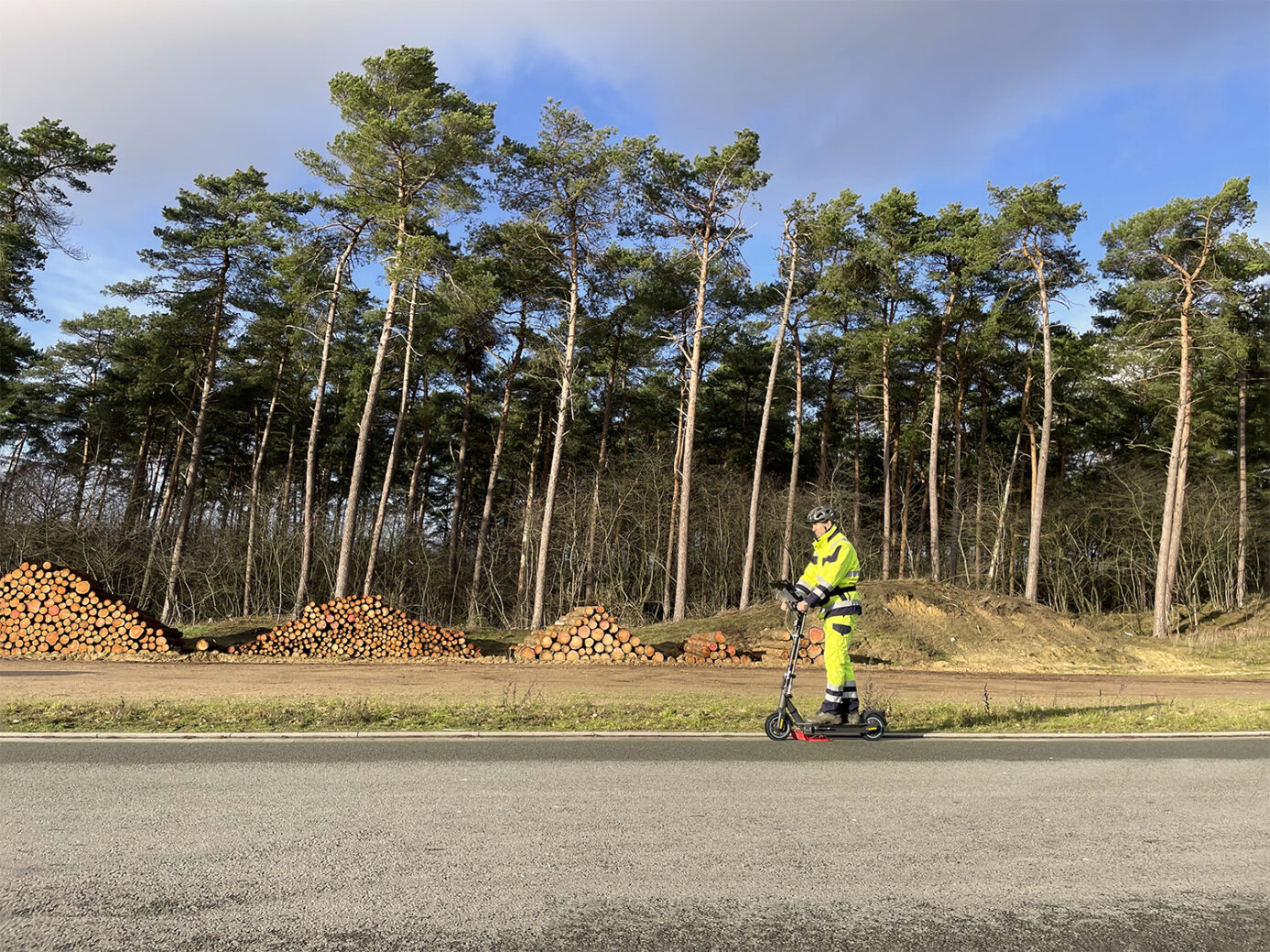Table of Contents
The pipeline-based supply of natural gas in Germany is currently facing a massive upheaval, which is accompanied by major challenges. The Russian aggressive war against Ukraine has massively accelerated the efforts to make the gas and energy supply more independent. However, even before the war, there were various initiatives to establish a climate-neutral and independent energy supply. These are, for example, the German National Hydrogen Strategy (06/2020), the revision of the German Energy Industry Act (EnWG, summer 2021) and the draft EU Methane Regulation (12/2021), which is based on the EU Methane Strategy (10/2020).
DVGW research project (EvaNeMel)
Parallel to these initiatives, the DVGW (German Technical and Scientific Association for Gas and Water) is also conducting its own research projects for various purposes. One of these research projects to evaluate new measurement methods for inspection of pipelines in gas networks (EvaNeMel) was recently completed. Against the background of the requirement anchored in the EnWG to ensure safe network operation, many network operators are faced with the question of how to fulfil this responsibility in times of a shortage of skilled workers. On the one hand, the high safety level must be maintained through regular inspections of the gas pipelines, and the EU methane regulation will probably result in even shorter inspection periods. On the other hand, there are fewer and fewer qualified employees available.
Modified E-Scooter
Innovative technology and new approaches are needed to cope well with this situation. Recently, we have been offering an economical solution to this problem with an E-Scooter specially adapted for pipeline network inspection. Together with our highly sensitive gas detection and gas measuring device Laser HUNTER, an optimised inspection of many sections of the pipeline network can be carried out.

Inspection of the pipeline network at double walking speed
Whereas with the classic, probe-based inspection with handheld gas detectors, depending on the actual conditions in the urban built-up area, a pipeline route including house connections of up to 10 km can be inspected in a day, with our E-Scooter it is theoretically possible to inspect a maximum of twice this number of kilometres in one day with the same personnel. This is made possible by a permanently mounted carpet probe under the E-Scooter in combination with shorter reaction time of the Laser HUNTER, which makes it possible to inspect the pipeline network at double walking speed.
Improvement for the users
At the same time, the system reduces the workload of the users, as they have to walk much less. To ensure full flexibility during the pipeline network inspection, the Laser HUNTER can be used with an additional bell probe that is carried along and can be removed. This allows areas that cannot be reached with the E-Scooter, e.g. connection lines, to be inspected quickly and easily.

With the E-Scooter, we are closing the gap between the classic, probe-based inspection with handheld gas detection devices and the still relatively new, vehicle-based inspection, which was investigated alongside other device technology in the EvaNeMel project.
We will also explain all the technical details and possibilities for your everyday work in our new application article, which will be published at the beginning of November.
